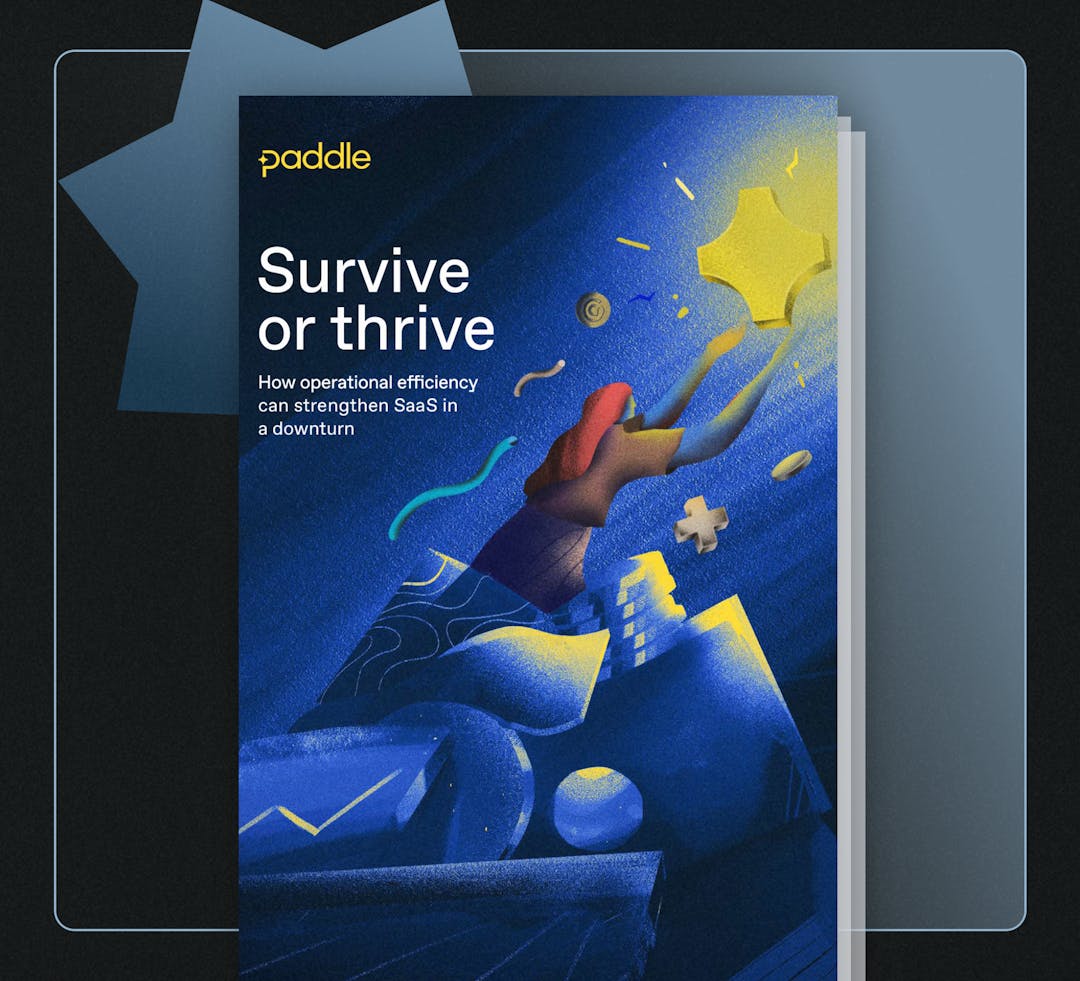This is a guest post from David Hart Co-Founder and COO at ScreenCloud. Founded in 2015, ScreenCloud is a fast-growth disruptor in the SaaS landscape. Challenging the existing hardware-first model of digital signage, ScreenCloud offers a hardware-agonistic and content-first approach, serving customers such as The Halal Guys, Ricoh, Anaplan and Cars.com.
During 2017, ScreenCloud reached $1m in Annual Recurring Revenue. It was a significant milestone for us. Not just because of the number, but because the journey had been such a fraught and fragile one; it felt like a huge validation that we were doing something right.
ScreenCloud had been founded a year or two prior, with no intention other than being one of the side projects my fellow founders and I were working on in our web agency – Codegent. It all began with an idea born of a problem that needed solving; getting content securely – and easily – onto multiple screens.
While we have documented our journey through a series of Behind the Screen podcasts and a free e-book on how we scaled from $0-$1m ARR, I was recently telling someone about the early days of ScreenCloud and the things I wished we’d known. I’d forgotten how unfamiliar the territory felt at the time. Although we had launched and exited several tech businesses before, SaaS businesses are different. Which is part of what makes them so appealing.
As with any unknown territory, mistakes form part of that landscape. And learning from those mistakes can be a powerful tool when starting and scaling a SaaS business. Here are some of the ones we experienced.
1. Underestimating the amount of product development resources you’ll need
Tech costs always slap you in the face. The three of us who started ScreenCloud have been running technology businesses since 2004. For most of that time we were providing technology solutions for clients where we had to price and estimate timeframes for delivery, so you think we’d be old pros at this.
But even we failed to appreciate quite how much effort – and finance – would be required. As soon as our product was being used in real-world conditions we had to go back to the drawing board to remedy the issues we hadn’t foreseen (namely, patchy Wi-Fi connectivity in public spaces). We also began to realize that there was a greater potential for our product, and we ended up having to double down on our development team.
2. Believing your MVP will achieve product-market fit
It is hard not to be blinded by the stubbornness that comes with an unwavering belief that your new SaaS company is the Next Big Thing. Especially when you reach the Minimum Viable Product (MVP) stage.
When we launched, we assumed running ScreenCloud would mainly be a case of maintaining the service and adding a few improvements along the way. But as we quickly realized, what you think represents product-market fit almost certainly doesn’t chime with the actual market itself. Things we thought were ‘nice to haves’ turned out to be deal-breakers for several potential clients.
So, when your product is in its infancy, don’t try and pretend otherwise. People are OK that it’s not there yet, or at least the visionary ones are. If someone asks if your product does something that it can’t, then tell them whether or not it’s on the roadmap. If it is, let them know when they can expect to see it. Nine times out of ten they’ll be happy with that. It also gives you an excuse to go back and talk to them again once you launch the particular feature they were looking for.
3. Thinking forecasting is just for your investor deck
As with any new SaaS business, there’s no data to immediately work off. Creating a forecast from nothing feels disingenuous. But you do need to do it – as pointed out in this podcast with my co-founder, Mark McDermott. One of the questions Mark asked me was “at different stages of a SaaS business’s growth, what are the numbers that matter the most?” And it reminded me how the task of building up some sort of model felt overwhelming at the beginning. We were caught out more than once in the early stages by investors asking us questions we didn’t know the answers to. This was combined with an uncomfortable sense that you were just guessing at numbers which made it feel like a kind of pointless exercise in fantasy.
Over time, if you’re flexible with the model then those numbers will slowly begin to become relevant, more manageable, and extremely powerful business insights. The biggest advantage in the early days is helping you get your head around exactly what is needed to reach your targets. For example, if you want to get to $1m of ARR in 18 months after launch, what does that look like over that 18 month period in terms of numbers of leads, numbers of trials or demos, numbers of visits to the site etc? Knowing the answers to these questions at least prepares you for what lies ahead.
(I go into more detail about the kind of numbers that matter most to an early-stage SaaS company here )
4. Taking rejection personally
When we look back on V1 of the product, we’re amazed that people paid for it at all. Don’t get me wrong, it did what it said on the tin, but it was very basic. But more lessons were learned from those who didn’t feel our product was right for them, or from investors who decided not to back us. It also wasn’t the sort of business you could brag about investing in to your mates, unless your mates were a little bit nerdy.
Getting knocked back will make you question yourself and your whole business. The kinds of conversations we have today with potential investors, potential employees and potential customers are so different from the ones we had when we were a few months old. Part of the reason for this is that it’s impossible to ‘prove it’ in the early days and you are fighting for attention in a big pool of wannabes all making similar claims.
Compare that to now, where VCs with significant funds reach out to us and the conversations we are having demonstrate how thoroughly knowledgeable they are about SaaS and what our numbers mean.
5. Not having faith in the plan
For me, the most disorientating thing of all was the painfully slow sales revenue growth. When we started our digital agency in 2004 from nothing, we were doing about $50,000 per month within 3 or 4 months. But once we started to realize the potential that ScreenCloud had, we decided to sell our agency and put all of our efforts into this new SaaS business. 4 months after launch, we’d achieved a whopping $3,000 in monthly recurring revenue (MRR). Although that seemed like an achievement – because it represented 56 paying customers – if we’d carried on growing at a rate of $3k every 4 months, it would have taken us over 5 years to reach the same sort of monthly revenues that we did just 4 months into launching our previous agency.
But we had one powerful and unconditional tool at our disposal: faith in the plan.
What we found was that, although our growth in dollar terms was small, our monthly growth in percentage terms looked great. And when we started extrapolating that out, the numbers started to look quite exciting; we reached $1m in ARR in Month 22.
David is a co-founder and COO of the SaaS digital signage business ScreenCloud. He started his working life in Marketing before going on to co-found digital agency Codegent with Mark McDermott and Luke Hubbard. After building (and ultimately selling) four side projects, the trio decided to sell their consultancy and focus 100% on ScreenCloud, which they launched in 2015. ScreenCloud today has 9,000 customers worldwide and employs 100 people across three continents.




